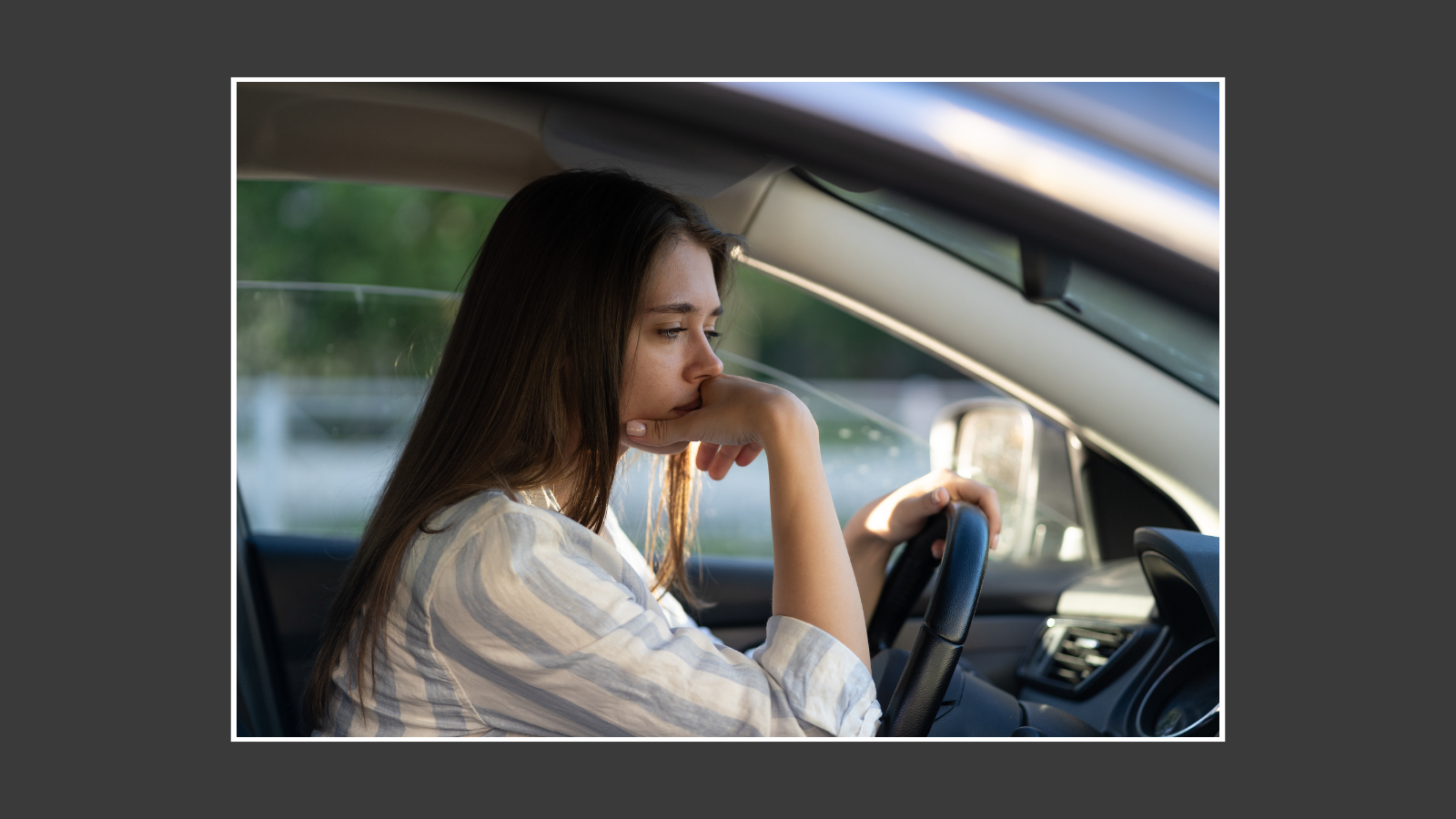
July 17 2025

Under Section 5 of the Road Traffic Act 1988, it is an offence for a person to drive, attempt to drive, or be in charge of a motor vehicle on a road or other public place while the proportion of alcohol in their breath, blood, or urine exceeds the prescribed limit.
Type-approved, evidential breath-testing devices (EBTDs) provide reliable evidence of a person’s breath alcohol level at the time of a test. In the absence of an evidential test, a result obtained from preliminary (roadside) screening devices must not be considered equally reliable. Such results are unsuitable as a reliable basis for determining whether a person has exceeded the legal alcohol limit.
Roadside devices, though portable and robust, are intended solely for screening purposes. They analyse a single breath specimen, operate with fewer and less robust quality assurance checks, and require less stringent servicing and maintenance than evidential devices.
EBTDs employ a comprehensive series of measurements in a breath test cycle, including two alcohol simulator gas checks, multiple blank checks, analysis of two breath specimens, and continuous monitoring of a specimen for ‘mouth alcohol’ and ‘interfering substances’.
The likelihood of an erroneous result is much lower on an EBTD than a roadside device. By contrast, a roadside device may display an unreliable reading, and there is no means to determine if this has occurred, unless an evidential test is undertaken immediately thereafter.
In criminal proceedings, a roadside test result is not sufficient to demonstrate that the legal alcohol limit has been exceeded. For this, an evidential test result is required by type-approved EBTD or via blood or urine analysis.
Both EBTDs and roadside devices used by police in the UK must comply with Home Office type-approval procedures.
A number of roadside devices are approved for use in the UK. These must conduct a pre-test check to confirm the absence of alcohol, and they must measure the alcohol concentration in ‘end expiratory air’, that is air from the end of a forced expiration from the lungs.
Unlike EBTDs, roadside devices determine when end expiratory air is reached by monitoring the continuity and volume of an exhalation. They do not continuously analyse the alcohol concentration throughout the exhalation. As such, roadside devices may fail to detect the rise-fall-rise pattern in alcohol level as breath is exhaled, characteristic of the presence of mouth alcohol. So they may fail to distinguish between alcohol from the mouth and alcohol from deep-lung (alveolar) air. Only the alcohol level in deep-lung air has a predictable relationship with the alcohol in the blood.
The output of a roadside device must be in the form of coloured lights or alphanumeric display, with values expressed as micrograms of alcohol per 100 millilitres of breath (µg/100ml or µg%). These devices must:
Roadside devices require regular calibration, usually monthly, and no longer than every six weeks. However, the use of a single, unverified sample means that accuracy can never be assured to evidential standards.
Roadside instruments are intended to give an indication of whether or not a breath sample contains more alcohol than the legal limit; they are not intended (or required) to give accurate breath alcohol measurements.
There are currently three EBTDs approved for use in the United Kingdom:
EBTDs are subject to stringent procedural requirements, including:
|
Reading Range |
Permissible Error |
|
≤ 50 µg% |
−3 µg% to +2 µg% |
|
> 50 to ≤ 200 µg% |
±7% |
|
> 200 µg% |
±15% |
Test subjects are allowed up to three minutes to provide each breath specimen. This allows multiple breath specimen attempts to be made. The specimens must comprise a continuous exhalation, must meet minimum volume requirements, and must represent deep-lung air.
EBTDs continuously monitor a specimen for mouth alcohol and interfering volatile substances, which may give rise to elevated or erroneous readings. Where an error or abnormality is detected in the test cycle, the device will issue a warning error message:
These warnings do not imply fault, omission or deliberate attempt to frustrate the procedure on the part of the test subject.
Roadside devices are built to alert to excessive alcohol level, rather than to measure it accurately. Whilst they are useful for initial alcohol detection, they do not incorporate the rigorous quality controls present in EBTD; result should therefore be treated with caution, and not relied upon as the sole evidence of a person's breath alcohol level in legal proceedings.
If you have a case involving alcohol determination based solely on a reading from a roadside device, failure to provide a breath specimen with an EBTD, or any other alcohol related issue, email us at kbc@keithborer.co.uk or call on 0191 332 4999 and a member of our team of experienced consultants will happily assist you to understand what the findings show, and more crucially what they don’t.
Author
Jennefer Gray
BSc(Hons), MSc, TIFireE, MRSC